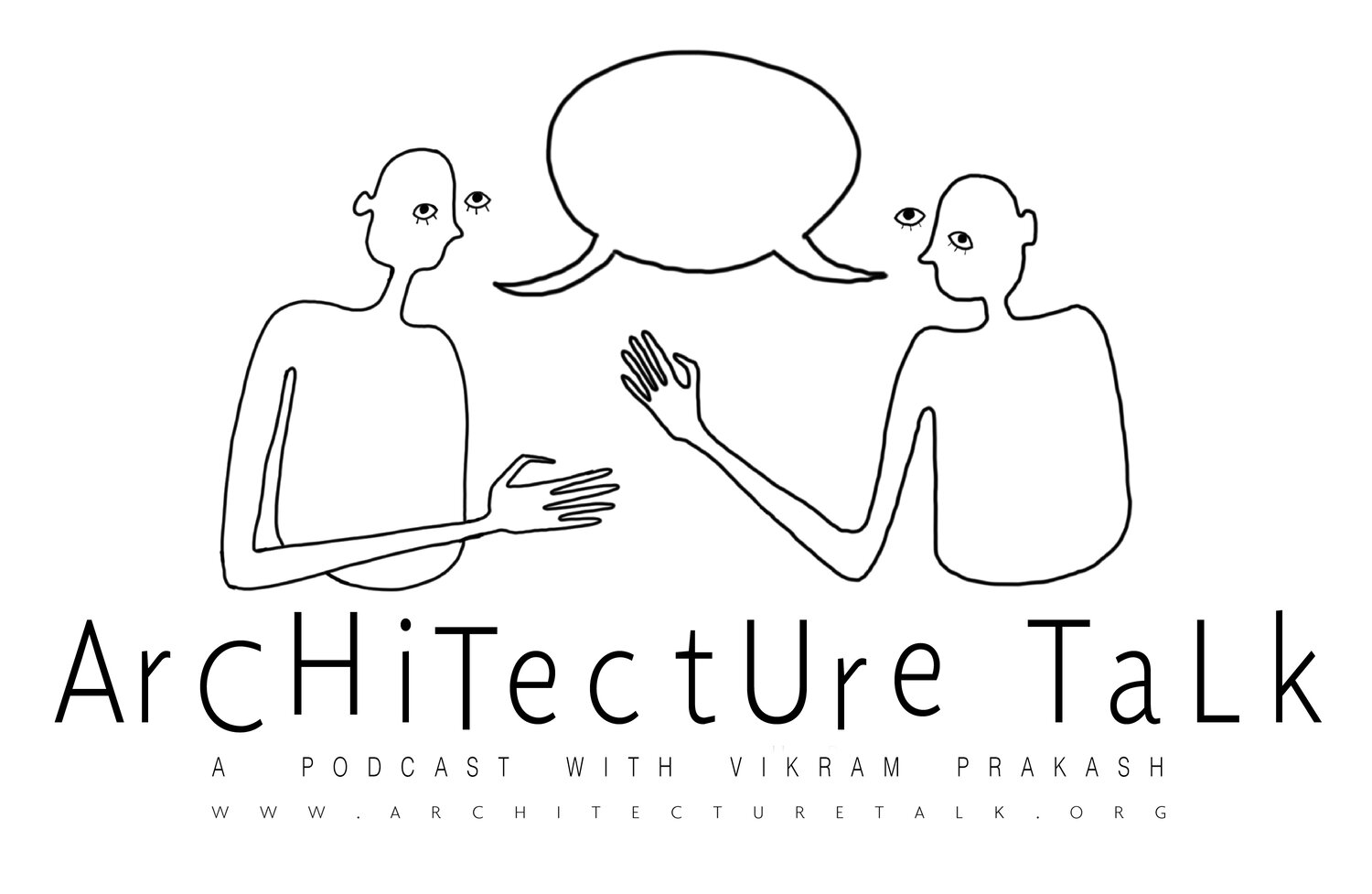11: Life and Work of Pierre Jeanneret with Maristella Casciato
““I see that the people can live there [in Chandigarh], and they can live being Indian, not being strangers.””
Maristella Casciato, Senior Curator Architecture at the Getty Research Institute, Los Angeles, discusses the life and legacy of Pierre Jeanneret, the Chief Architect of Chandigarh, India, and cousin, collaborator, confidant to Le Corbusier. Discussion topics include the legacy of his in-famous furniture, Charlotte Perriand, and the special relationships he developed with India and the Indian architects and planners.
Timestamp Outline
1:20 What attracted you to Pierre Jeanneret?
1:56 Research at the Fondation Le Corbusier and photographs of Jeanneret and cousin Le Corbusier at the beach in Arcachon: “where they were completely themselves”
3:24 Charlotte Perriand, “an extremely intriguing woman”
4:48 Her furniture: chaise lounge, wood chairs, curved steel chairs, armchair, new materials
5:56 Charlotte and Pierre romance: the countryside, nature, photography, art brut
8:33 Chandigarh project perfect for Pierre
11:15 Jeanneret’s ashes dispersed in Sukhna Lake, in Chandigarh: a dual-loyalty
16:06 “You could always talk to Pierre.”
17:04 Built a boat because he missed the lake
18:02 Jeanneret as an unassuming facilitator between Le Corbusier, Indian architects, engineers, builders
21:28 “It’s always conflictual in architecture, because you deal with the ideas, but you also deal with the fact that you build. You see something that becomes real.”
22:14 “He does it with an incredible generosity - probably, that’s his major asset.”
23:08 AR Prabhawalkar as the local partner, essential for transfering ideas to workers at the building site
28:20 The story of Jeanneret’s now-famous furniture, once discarded
34:12 Chandigarh Revealed: Le Corbusier’s City Today with Shaun Flynn
36:23 Clear example of surviving Renaissance planned city: Pienza
37:21 “I see that the people can live there [in Chandigarh], and they can live being Indian, not being strangers...by the end, it became an Indian city...It’s a work of many, and a work of many lasts long.”







